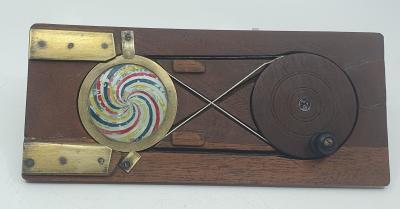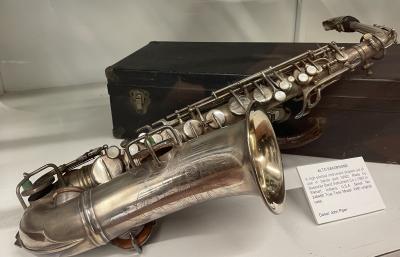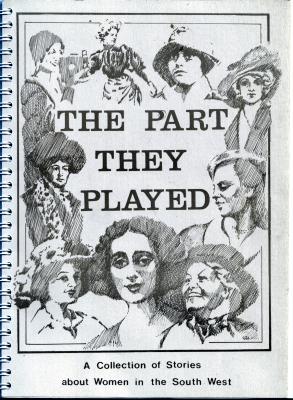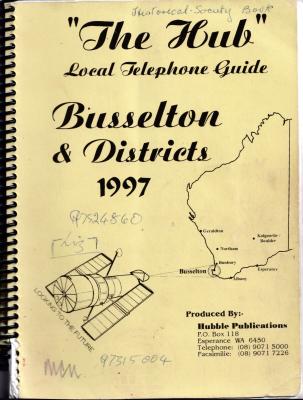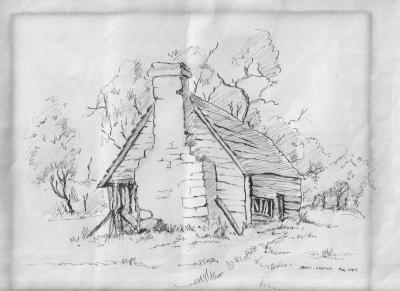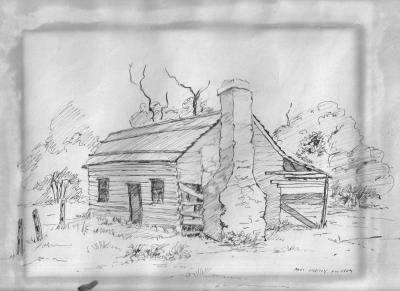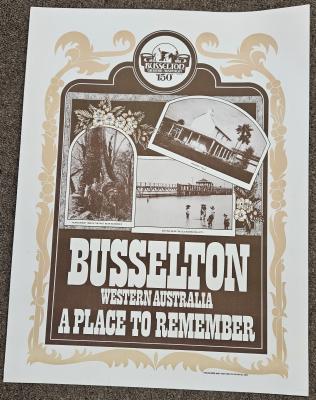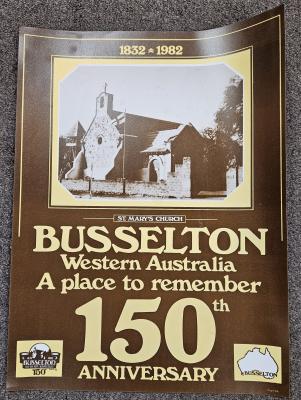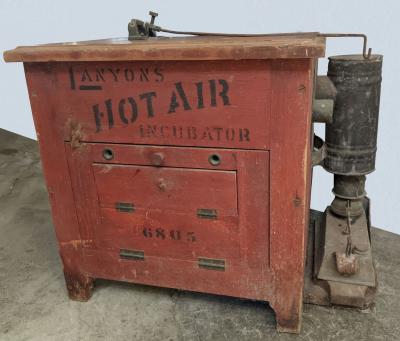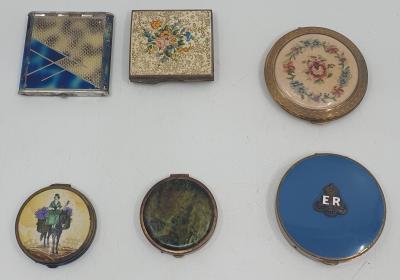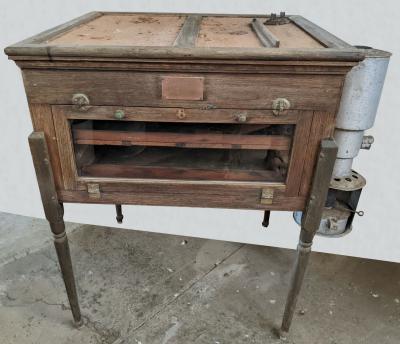B Flat Clarinet
c. 1900Simple System fingering Bb Clarinet (B flat) made by J R Lafleur & Son
The clarinet was invented in 1690 by a German instrument maker from Nuremberg called Johann Christoph Denner. Denner spent many years experimenting with the Chalumeau, which was a popular single-reed wind instrument of the time. He found that by adding a barrel and two keys, musicians could play on different registers thus extending the musical range of the Chalumeau and the clarinet was created.
J.R. Lafleur and Sons published music and made musical instruments in London from 1862 until its publishing business was bought by Boosey in 1917.
The traditional wood used in the manufacture of clarinets is Grenadilla wood, sometimes referred to as African Blackwood or M'pingo wood, and it is responsible for the characteristic and traditional sound of the clarinet. Instruments made of this material are sought after by professional level players.
The first clarinets were basically an open hole with a couple of keys for accidentals. As composers became more demanding of clarinetists, clarinet makers added more and more keys to allow players easier fingering patterns to play the challenging passages.
Details
Details
Clarinets like this one are no longer used with concert bands or orchestras as modern clarinets have more flexible fingering systems and a lower pitch.
This Clarinet was donated by Busselton Historical Society member John Piper who is a long-term resident of Busselton and the longest serving member of the Busselton Brass Band. John was born in Collie in 1937 and started playing with the Busselton Brass band in 1950 when he was just 12 years old and is still playing at the time of writing in 2024. John is an accomplished musician who plays the clarinet, saxophone and all brass instruments excepting the trombone. During his time with the Busselton Brass Band John played the tenor horn and cornet and also served as conductor for 10 years from 1960. John’s fondest memories of his time with Busselton Brass were trips to Melbourne and Hobart for the national championships and a trip to Sydney for the Australia Pacific Music Festival.
Busselton Brass was established in 1871 and has served the Busselton community continuously excepting for short breaks during WW1 and WW2. The Band has competed (and won on many occasions) at the Queen’s Cup, which is a local South-West Band Competition, as well as at State and National Championships and the International Music Festival in Sydney.
John was given this clarinet by an older Busselton gentleman who knew of his love for both current and obsolete musical instruments.
Other items from Busselton Historical Society
- Chromatrope
- E Flat Alto Saxophone
- The Busselton Settlers Cookbook
- Booklet - "The Part They Played: a collection of stories about women in the South West"
- "The Hub" Local Telephone Guide, Busselton & Districts 1997 - booklet
- Sketch of Quindalup School
- Sketch of Wonnerup School
- Poster - Busselton 150th Anniversary
- Poster - Busselton 150th Anniversary
- Egg Incubator, Lanyons
- Powder Compacts
- Egg Incubator, Perth Standard
Scan this QR code to open this page on your phone ->

